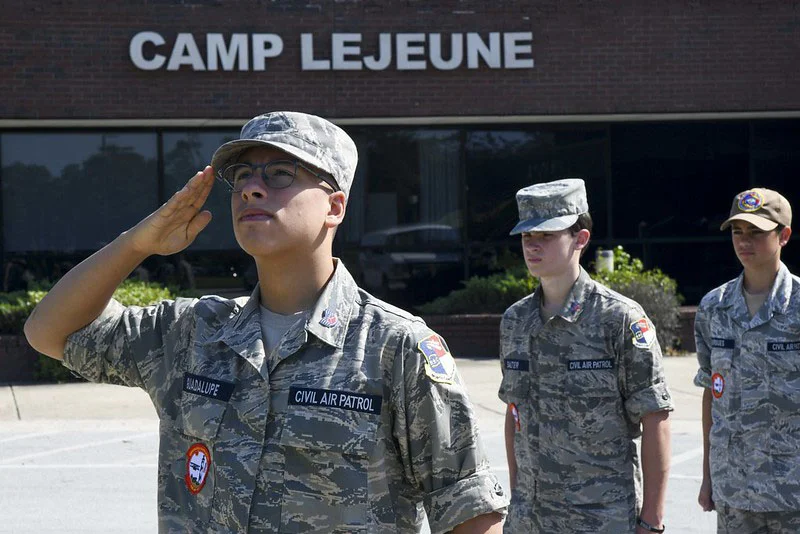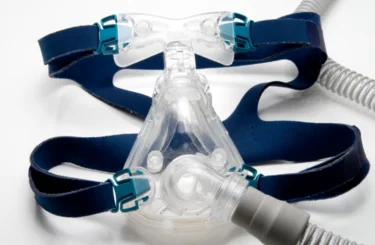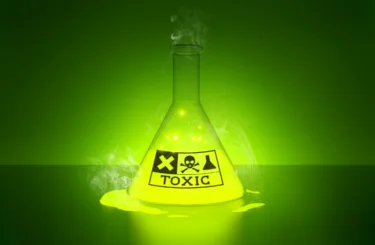
Oxford High School Shooting: Who’s Liable to the Injured and Those Who Have Lost Loved Ones?
On November 30, 2021, tragedy struck Oxford, Michigan. That afternoon, Ethan Crumbley, a 15-year-old Oxford High School student, opened fire on his classmates, killing four and wounding several others in just a matter of minutes. In the days since, facts have come to light about the shooter, his parents’ role in purchasing him a gun, and information the school district had about his impending violence.
An Alarming Series of Events
According to the Detroit News, on November 26, 2021—Black Friday—James and Jennifer Crumbley purchased a Sig Sauer Model SP 2022 9 mm semi-automatic pistol for their son Ethan as an early Christmas gift. After bringing the weapon into their home, they left it unlocked in a bedside table, giving him easy access to the gun.
A day before the shooting, a teacher at Oxford High School reported seeing Ethan searching the internet for ammunition on his phone. Apparently, the school contacted Jennifer Crumbley but never heard back. Instead, Mrs. Crumbley texted her son about the incident, reportedly saying: “LOL, I’m not gonna get mad at you, you have to learn to not get caught.”
On the morning of November 30, just hours before the mass shooting, a teacher found a very disturbing drawing and note written by Ethan. The note had a drawing of a gun and the words “The thoughts won’t stop, help me.” On another section of the paper appeared an illustration of a bullet with the words “Blood everywhere,” “my life is useless,” and “the world is dead.” A drawing of someone who’d been shot twice and was bleeding was between the gun and the bullet, with a laughing emoji below it. The teacher reported this note to the administration, and Ethan’s parents were asked to come to the school immediately.
According to Oakland County Prosecutor Karen McDonald, school employees told the Crumbleys they were required to get Ethan counseling within 48 hours. Never during the meeting did anyone search Ethan’s bag, nor was there any discussion about whether he had access to a gun. Instead, Ethan was returned to his classroom with his backpack, with the weapon allegedly inside. Shortly after, Ethan went on a shooting spree.
Mass School Shootings Are an Increasingly Common Reality
After a horrible tragedy like this, questions naturally arise. Who is responsible? Are schools liable for injuries and deaths sustained during a school shooting? Before the Columbine High School massacre, no one would have argued a school should reasonably foresee the danger of a gunman entering the premises and firing on students and staff. That thinking has changed.
Violence at high schools and colleges has become an all-too-common reality for students. The Detroit Free Press reported that in Michigan, “10 shootings causing injury or death have taken place at K-12 schools since 2014. The… shooting spree on Tuesday was the most lethal.” The Oxford High tragedy is the deadliest school shooting since the 2018 bloodbath at Marjory Stoneman Douglas High School in Parkland, Florida.
As parents, when we drop off our children at school in the morning, we believe they will be in good hands and protected. We cannot fathom they will be victims of a school shooting. We expect them to come home.
Who May Be Liable for School Shootings?
The Shooter
Without question, shooters are the ones most responsible for their actions and the harm they inflict. If they are alive after their rampages, they are almost always prosecuted and convicted in criminal court. They may also face civil lawsuits resulting in judgments against them. But because minors often pull the triggers in school shootings, and because children rarely have, those judgments may never be paid.
Parents of Shooters
A shooter’s parents may also be liable to victims and their families depending on the facts and circumstances. Proving parents’ liability requires evidence that their actions or failure to act resulted in harm, such as when a minor’s parents purchase a gun for their child and allow the child unrestricted access to it, or if the shooter’s parents knew their child was making threats towards others or was intent on harming others yet took no action to stop the child’s dangerous behavior or report the information to law enforcement or officials at the child’s school. These kinds of failures may make the parents legally responsible; similar to suing the minor shooter, recovering on a civil judgment against the parents is limited to the amount of their assets, which may not be much.
School Districts
School districts must ensure students’ safety while on campus, and the law treats schools as standing in the place of the parents. Like a parent, if a school (through its faculty and staff) knew or should have known a student was making threats of violence but did not take appropriate action to stop those threats, including contacting law enforcement, the school may be liable for any deaths and injuries that occur as a result.
In the case of a school shooting, school districts have an affirmative duty to protect students from danger. If they discover a threat, they must take immediate action and report it to law enforcement! At a minimum, schools are expected to provide necessary supervision, warn students, faculty, and staff of potential threats, and adhere to policies and safety protocols designed to reduce the risk of lethal violence on school grounds.
Leading up to the Oxford shooting, there were reportedly rumors that students saw threats from the shooter. One parent said her son refused to attend school the day of the shooting because of these rumors.
As Michigan Attorney General Dana Nessel told the Detroit Free Press:
“Could there be viable lawsuits if some of this evidence unfolds in a way where it became clear that school officials knew of a threat that this young man posed, but did nothing to contain the threat? If that’s true, I would expect to see lawsuits and I would expect that there would be the potential finding by a court of liability.”
There is no clear answer in circumstances like this who is liable beyond the shooter until a proper investigation is done. Information about the Oxford tragedy continues to unfold.
Building a Civil Case
In every personal injury or wrongful death case, the plaintiff must establish proof of liability. This burden is the same in school shooting cases. The plaintiff (an injured student or parents who tragically lost a child) must establish that the defendant (the shooter, the shooter’s parents, the school, or others) acted or failed to act, resulting in harm to others.
For instance, in a case against a defendant school district, the plaintiff would need to show the school had a duty to supervise students and take action to prevent violence. The plaintiff would also need to show that the district breached this duty and that students were injured or killed because of the breach. The scope of a school’s duty will depend on the facts of each case and how the law views the reasonable measures a school must take to protect students from criminal violence.
Justice Will Be Served
No lawsuit will bring back a child killed by needless gunfire, nor will any amount of money restore what survivors tragically lost. But damages can provide victims and families with money to pay for medical care and counseling and compensate them for physical pain and suffering, mental anguish, and the ongoing trauma of the shooting.
Our hearts and thoughts go out to the students, faculty, families, and neighbors in the Oxford community who have been affected. You are #OxfordStrong, and we stand with you.
Lisa Esser-Weidenfeller
Lisa Esser-Weidenfeller represents injury victims in personal injury and medical malpractice claims. She also represents individuals in cases against those who have committed horrific acts of sexual assault.





